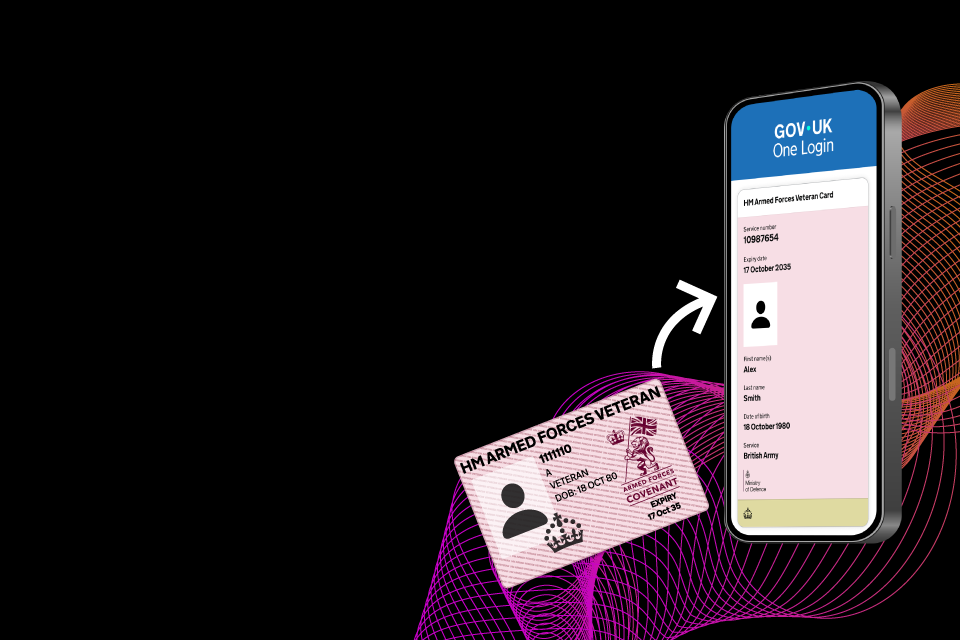In its annual financial statements and performance update, the agency reveals that the ability to conduct procedures remotely, both in courts and other locations, helped overcome big challenges in FY25
HM Courts and Tribunals Service has cited the importance of video technology in enabling the justice system to cope with challenges faced in the 2024/25 year – including storms and major civil unrest.
The 31 March conclusion of FY25 also marked the formal closure of the near-decade-long HMCTS Reform Programme, a £1.3bn initiative to deliver digital transformation across the courts system. By the end of the project, video technology to support remote hearings had been deployed in 70% of courtrooms, including 90% of those in Crown Court locations.
The rollout of this technology has already proven to be “transformational, especially during the pandemic lockdowns”, according to the HMCTS’s recently published annual report for 2024/25. Video platforms also proved their worth in helping courts respond to various challenges faced during the most recent year, the report indicates.
This includes the fallout from the civil unrest and rioting of far-right groups around the UK in summer 2024 – as result of which 1,011 were required to appear in before a magistrates’ court. Almost 84% of these – a total of 846 cases – have already been completed.
Related content
- Review of courts system asked to consider AI as part of ‘once-in-a-generation reform’
- MoJ records £5.6m loss after scrapping Common Platform functionality
- Courts service signs £30m deal for roving digital ‘squads’ to support reform programme
The annual report for the year says that “the increased use of video technology was crucial in managing cases and overcoming logistical challenges, such as conducting hearings from police stations, allowing cases to be dealt with without coming to court”.
“We worked with criminal justice system partners to mitigate the impact of prison capacity issues, by putting business contingency measures in place to help manage the flow of prisoners through the courts and minimise the impact on the day-to-day operations of the criminal courts,” the document adds. “Following the civil unrest in July 2024, we were directly impacted by the high number of arrests made. We worked closely with our criminal justice system partners to manage the increased volume of court cases and the impact on prison capacity as cases were dealt with in the criminal courts. We invoked contingency plans to minimise the impact on the operational running of the courts, using video technology where appropriate so cases could be dealt with without coming to a court building. Through early preparation, effective use of technology and close collaboration with our partners, we were able to maintain access to justice even in challenging circumstances.”
Later in the year, video technology also played a key role in enabling HMCTS to response to an entirely different challenge for facing the capacity of the justice system – that of extreme weather.
“Our investment in digital technology has increased our flexibility and resilience to respond to unforeseen circumstances. For instance, in February 2025, Storm Éowyn caused us to close seven out of our eight tribunal buildings in Scotland. However, due to our technology, we only had to postpone two cases; the rest were converted to video hearings and were heard on the same day as planned.”




